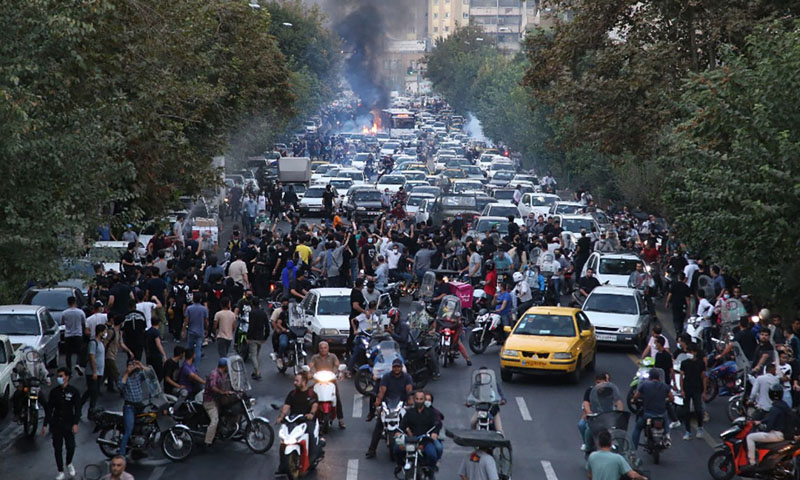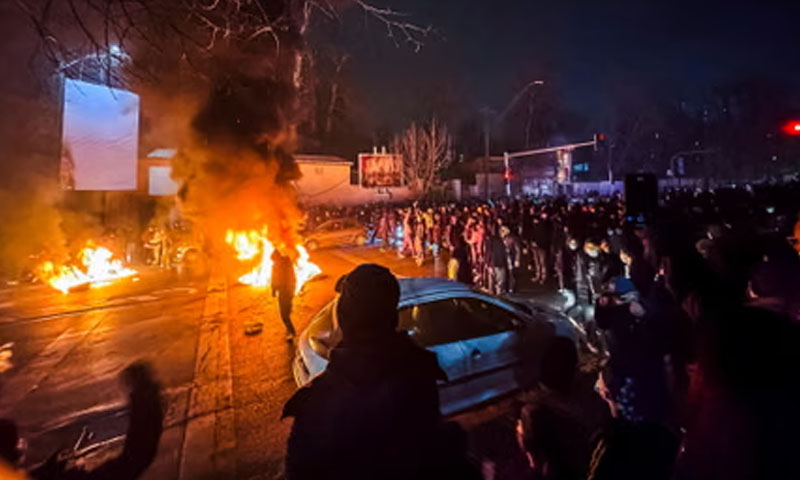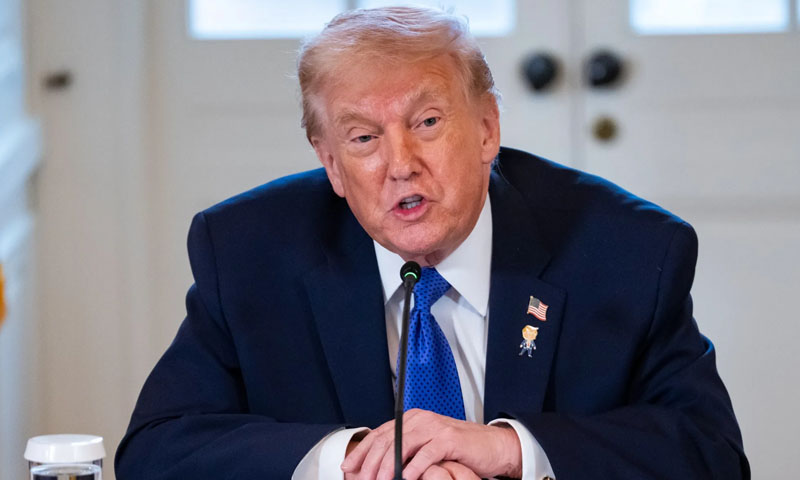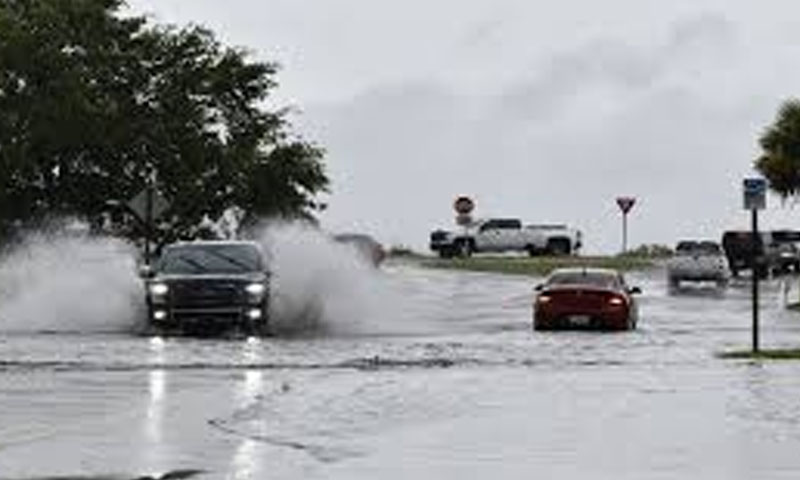- Web Desk
- 11 Hours ago
When is the UK election?
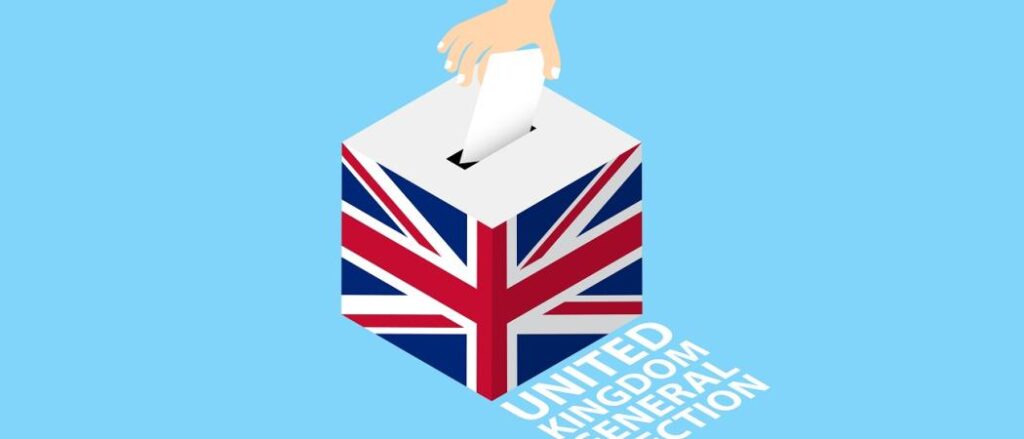
LONDON: Britain’s next national election is expected this year, although its timing is uncertain. Here is what is known about when to expect the vote, and the process determining its timing and details of how it works.
WHEN WILL THE ELECTION BE?
By law, the last possible date for a general election is Jan. 28, 2025, although Prime Minister Rishi Sunak told reporters in December that 2024 would be an election year.
Sunak in January said his “working assumption is we will have a general election in the second half of this year”, citing a busy agenda he wants to push before any vote.
Amid continued speculation that he might go for an earlier vote on May 2 – seen as a plausible date as it would coincide with other local votes – Sunak in March ruled it out, saying “there won’t be an election on that day”.
Sunak is unlikely to hold an election on any other day in May because of the logistical difficulties of organising two sets of elections within a few weeks of each other, helping fuel expectations of a vote in October or November instead.
HOW IS AN ELECTION CALLED?
The decision to call a general election will be one for Sunak to take, as only the government can determine the timing unless it loses a motion of no confidence in a vote in parliament.
When Sunak decides to call a vote, parliament will be dissolved and all sitting lawmakers will lose their seats in the House of Commons.
The timetable between the dissolution of parliament and the general election is 25 working days. Every election since 1935 has been held on a Thursday.
Parliament will automatically dissolve on December 17, with a vote on Jan. 28, if Sunak does not call an election before then.
WHO IS ELECTED?
Candidates stand for election across 650 constituencies under a first-past-the-post system, where the outright winner of each constituency is returned as the local MP.
Read more: How do economies fare under populist rule?
If a party wins a majority of more than 325 MPs, then King Charles will invite its leader to form a government, with the leader serving as prime minister.
If no party achieves a majority, then parties might try to form a coalition government, where smaller parties have some ministerial roles, or the largest party might try to govern as a minority government, with informal support from other MPs.
The Conservative Party governed in a coalition with the Liberal Democrats from 2010 to 2015 and governed as a minority government with support from Northern Ireland’s Democratic Unionist Party (DUP) from 2017-2019.
Currently, the governing Conservatives have a majority, but polls show the Labour Party has around a 20-percentage point lead over the Conservatives, with some projections saying that it would likely have a substantial majority if that level of support was replicated at an election.


